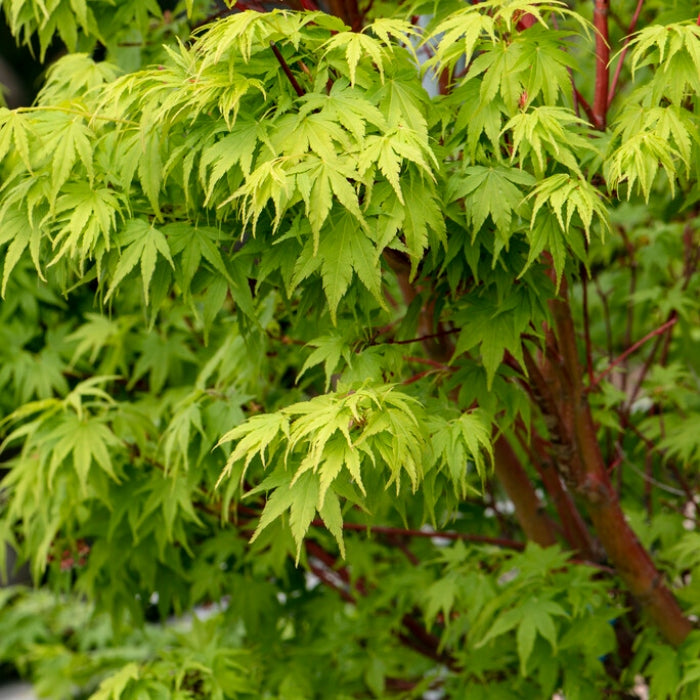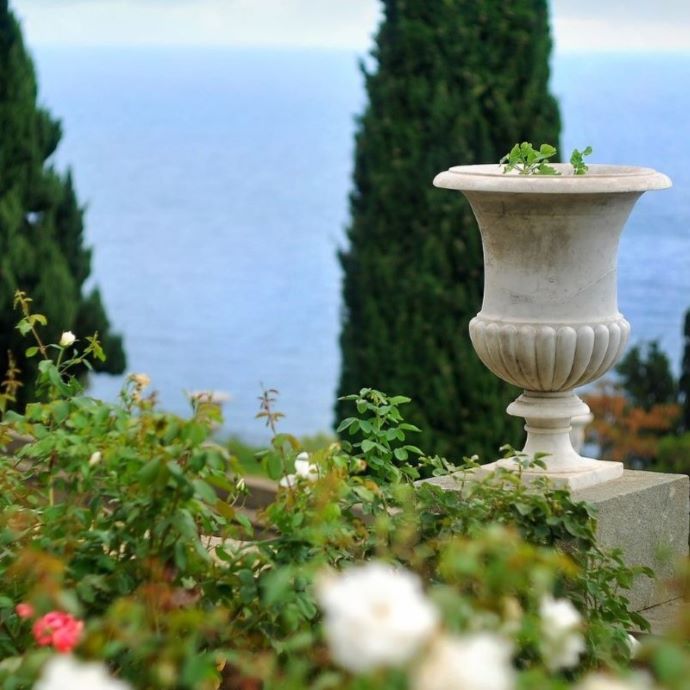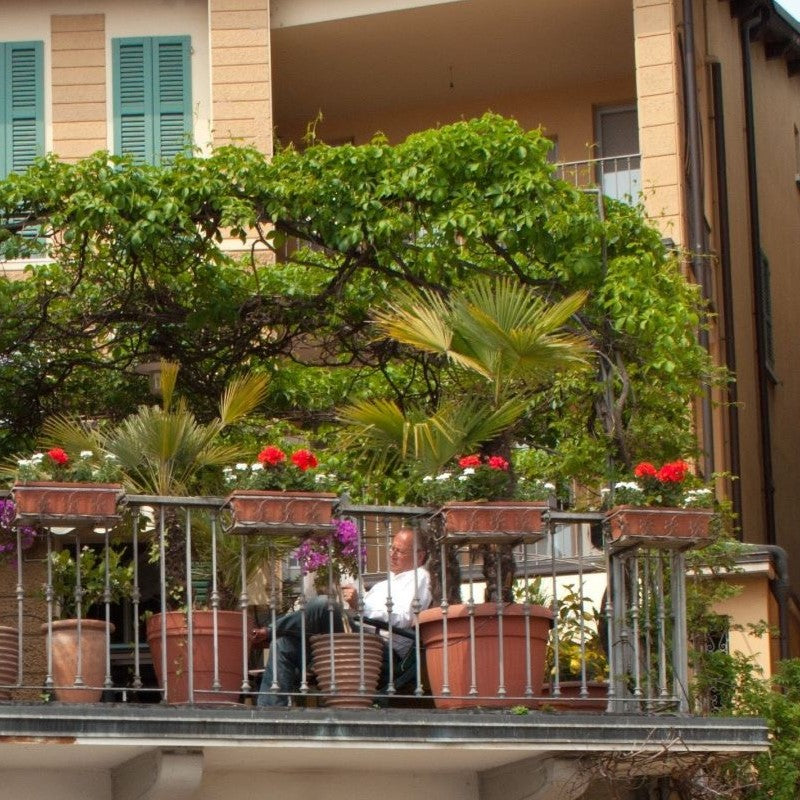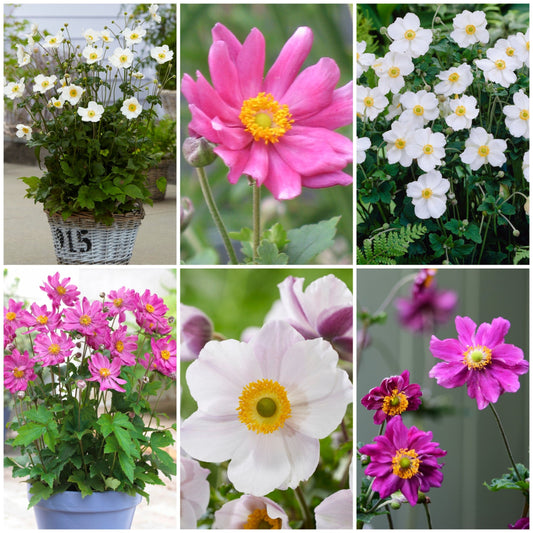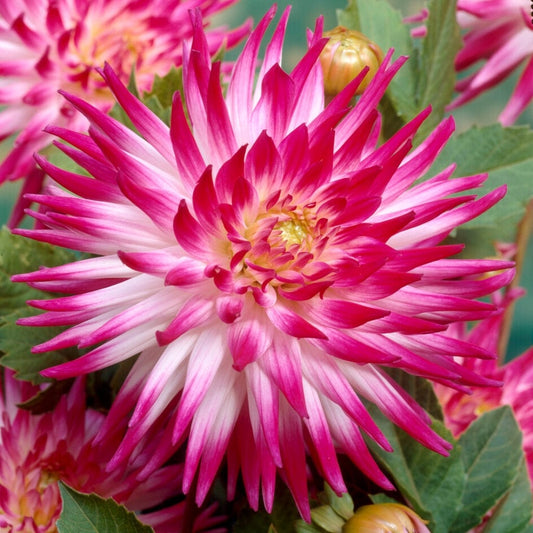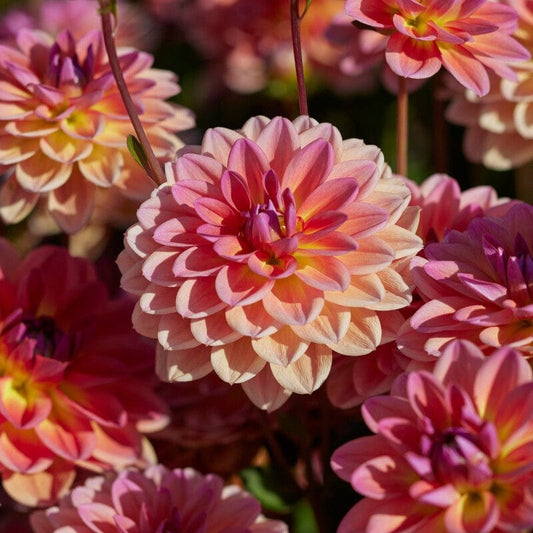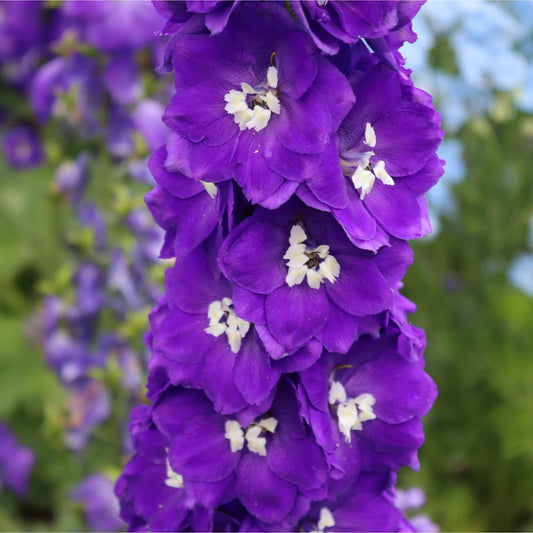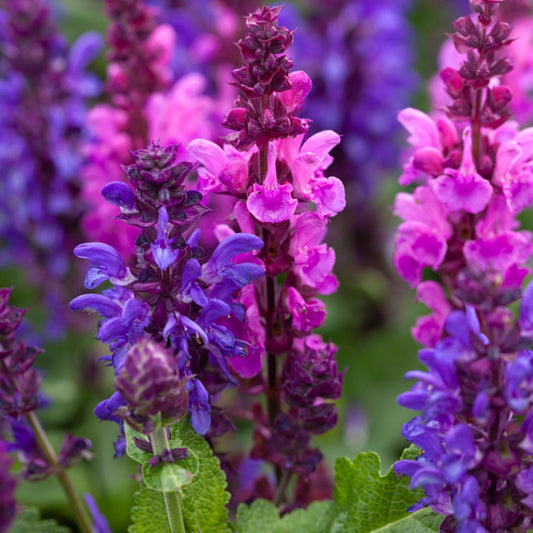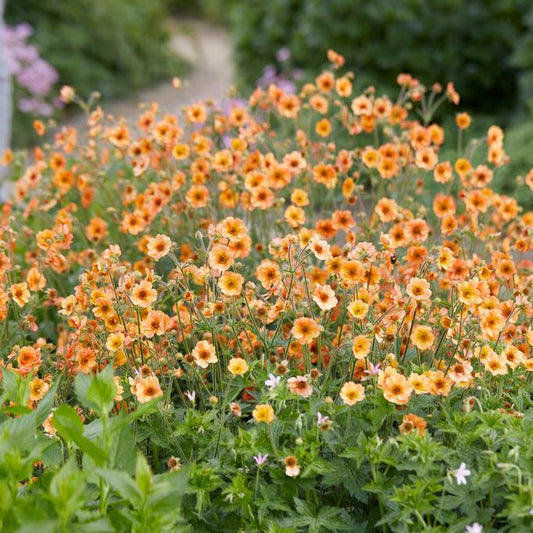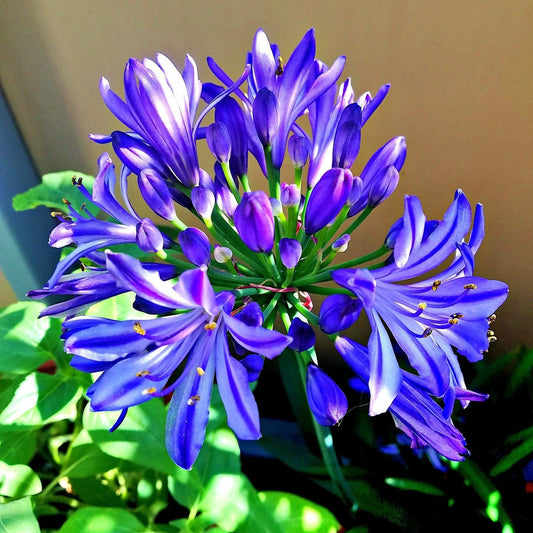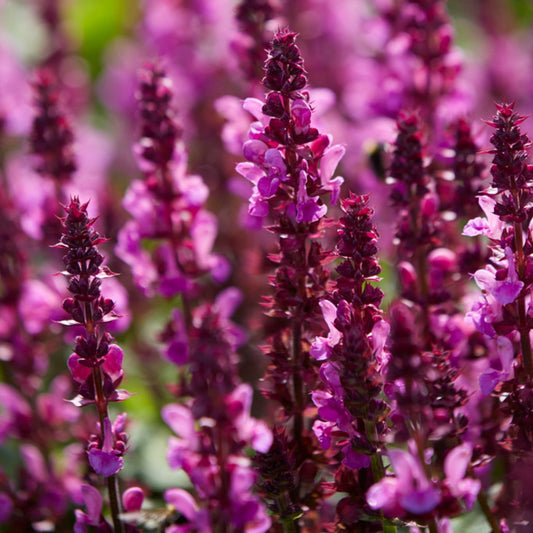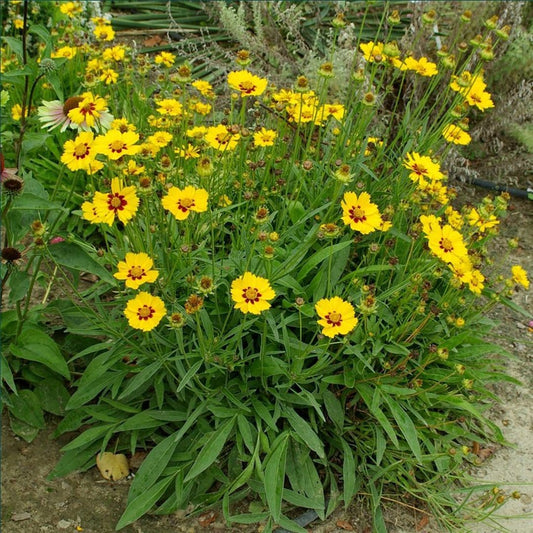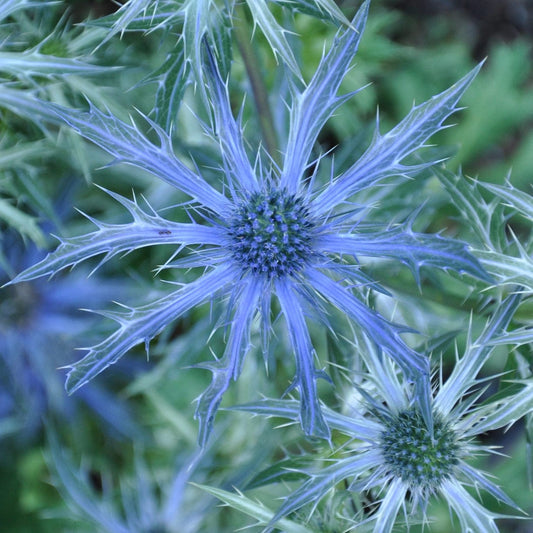Long Flowering Perennials for UK Gardens
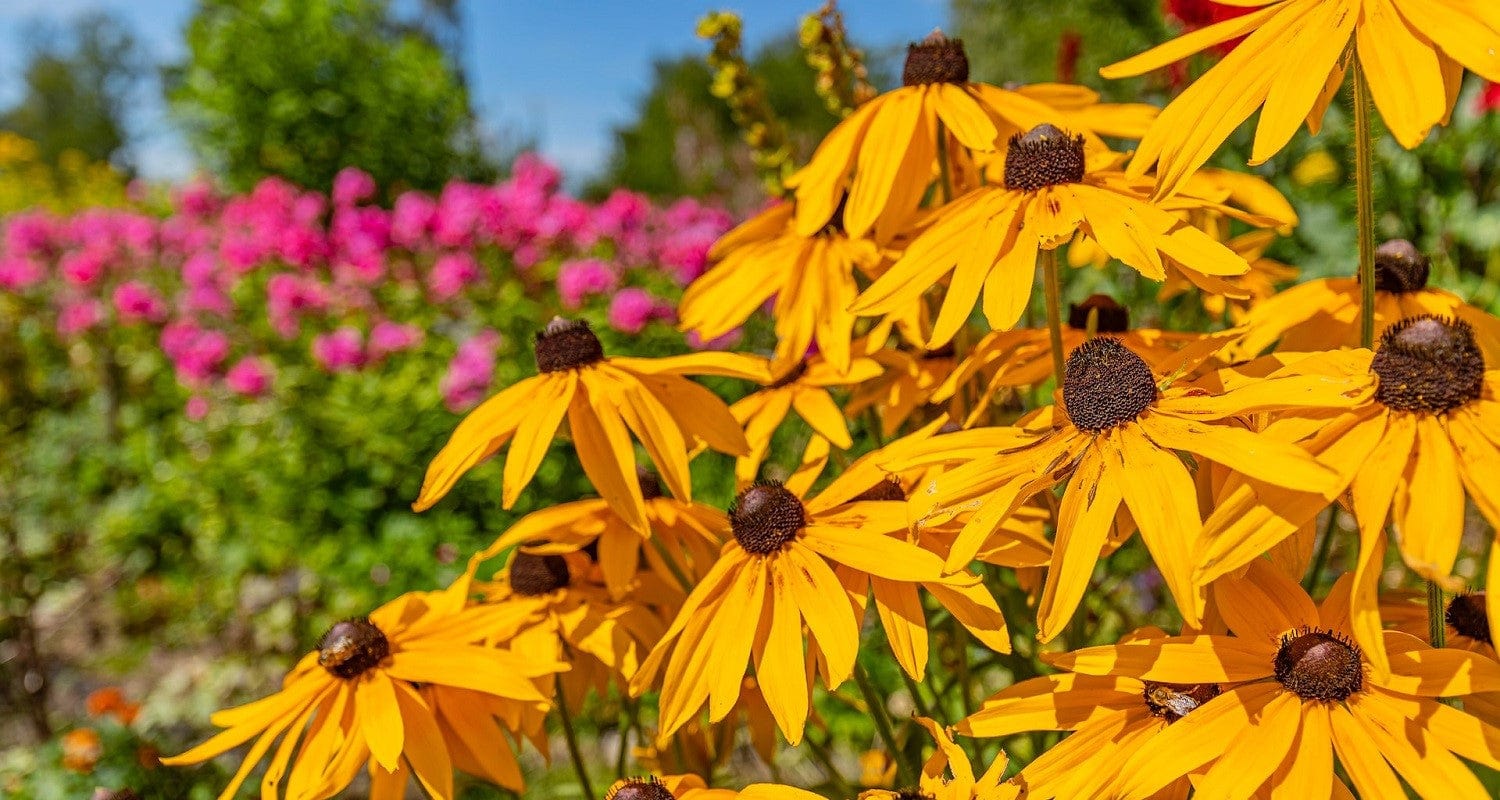
It’s getting to that time of year. If your garden is anything like mine, there’ll be one or two plants still flowering even when all the others have finished (here it’s verbena and rudbeckia) and if you’re anything like me, you may be starting to think about adding a few more to their number to brighten up next year’s autumn beds.
What I’m looking for is the longest-flowering perennials; flowers that bloom all season, late-flowering varieties and what I can plant to get a good combination of these for late season colour. There’s no reason, with a bit of careful planning, why your perennial borders and pots shouldn’t continue to flower right through until October (and beyond).
Why do some plants flower later than others?
There’s no simple answer to this one, but there are a few theories:
Some of our plant species originally evolved in climates quite different to that of the UK - for example late blooming would be an advantage to wind pollinated plants such as grasses in an area with dry weather in autumn.
For insect pollinated plants, there is less competition in autumn when there aren’t so many other flowers around, so they have an increased chance of getting attention.
Some plants just need more time. Certain species require a specific number of leaves, a minimum stem length or simply enough stored energy to bloom, and for some that means spending the whole of spring and summer getting to that point.
What are some common late-blooming plants?
The surprise bursts of colour that come out to delight us when other plants are thinking about slankets and hot chocolate. Choose these perennials for all season colour from late July or August up to October and beyond.
What are some popular long-blooming plants?
Many of our autumn blooming plants have been at it all summer! Perennials such as salvia, geum and dianthus flower right from May to October, but really start to take the spotlight late on in their season when little else is blooming. These hardworking perennials will bloom from May or June right through to the first frosts, often producing repeat flowerings throughout the season.

How can I make my plants flower for longer?
- Deadhead.
- Deadhead some more.
- Keep deadheading.
Seriously, though, it’s the most important thing you can do to keep your plants flowering. All perennial flowering plants have the same life cycle: they grow from seeds, bloom, are pollinated by bees and produce seeds of their own. If the dead flower heads are allowed to remain on the plants and produce seed, the plant knows it’s successfully completed its life cycle and doesn’t have to bother blooming again.
If you remove that flower head before it produces seed, the plant knows it needs to make another flower. Cunning. To deadhead effectively, simply pinch off the finished flower by hand or using pruning snips, just below the flower head and above the first set of full, healthy leaves.
What is the 'Chelsea Chop'?
The Chelsea Chop is a technique used to prolong the flowering of perennials which is done in late May – when the RHS Chelsea Flower Show takes place. The idea of the Chelsea Chop is to cut leggy perennials back by a third to a half in order to reduce their size. It may look drastic but the idea behind it is sound - if the plant is kept compact, it will produce more bushy growth and more flowers.
These are sometimes a little smaller, but you’ll get many more than you would have done. The Chelsea Chop also extends the flowering season, giving you more colour later on in the year. If you Chelsea Chop some plants and leave others, this will stagger their flowering for an even longer display.
Plants to chop:
Achillea, asters, campanula, coreopsis, echinacea, lupin, penstemons, phlox, rudbeckia and sedum.
What is the 'Hampton Hack'?
Yes you guessed it, this one happens around the time of the Hampton Court Palace Flower Show in July! Put simply, the Hampton Hack is about tidying up your early flowering summer plants in order to make them tidier and more productive the following year. It’s useful if you haven’t got around to the Chelsea Chop or your borders didn’t look too bad in May but are now getting unruly.
Cut back any straggly growth on plants that have finished flowering, look like they might go to seed or are overwhelming other plants. This will help to keep your perennials in shape as well as (fingers crossed) encouraging repeat blooming. You can either prune all the stems on a clump, which delays all the flowers, or half of them, which spreads the flowering over a longer period - you could get up to six weeks extra flowering by using this method.
Plants to hack:
Alchemilla, astrantia, cistus, iris, geranium, nepeta, weigela.

Feeding, weeding and watchfulness
Keeping your plants healthy will naturally prolong their flower power - these three actions are essential.
Does feeding help prolong flowering season?
Give your plants a nutrient boost by adding a sprinkle of general purpose plant food at the start of their growing season (late spring) and every month after. You can also make your own natural plant feed.
How does weeding extend flowering?
Weeds may seem harmless, but if they’re taking up the nutrients that your perennials need, it’s time for them to go. Make sure you dig deep to remove all the taproots and try to get them when they’re young as if you let them flower, they’ll spread their seeds all over your garden! To keep weeds down, spread a mulch such as bark chips, shredded leaves or grass clippings around your plant. It also has the advantage of keeping your soil moist.
Why is watchfulness so important?
Keep an eye out for slugs and snails (especially when your plants are young). The best time to check is after dark or when it’s been raining. Go out with a headtorch and pick off any slugs or snails (check under large leaves where they like to hide) then dispose of them humanely by relocating them to the compost heap or semi-humanely by feeding them to your chickens.
You might also occasionally be invaded by aphids or other small insects - these can be controlled by wiping them off with a damp cloth and spraying the affected area with a mixture of soapy water and vegetable oil. Other effective methods of pest control are introducing predators such as ladybirds (which eat aphids) or growing companion plants.
Last updated: 22/10/2025
